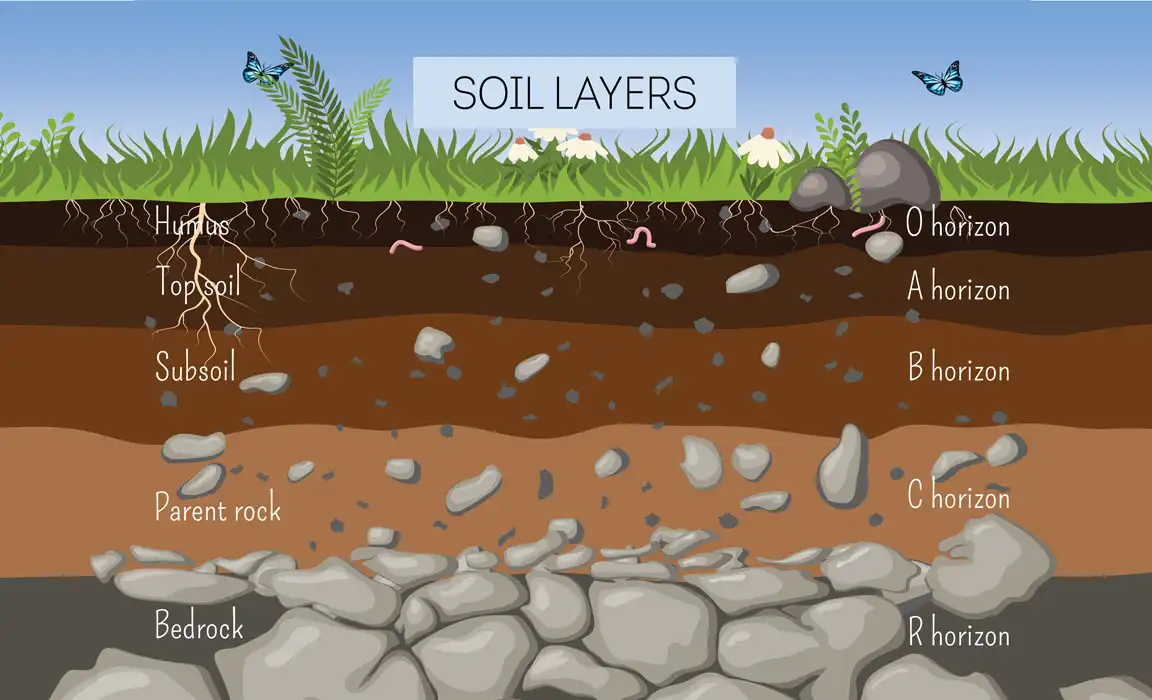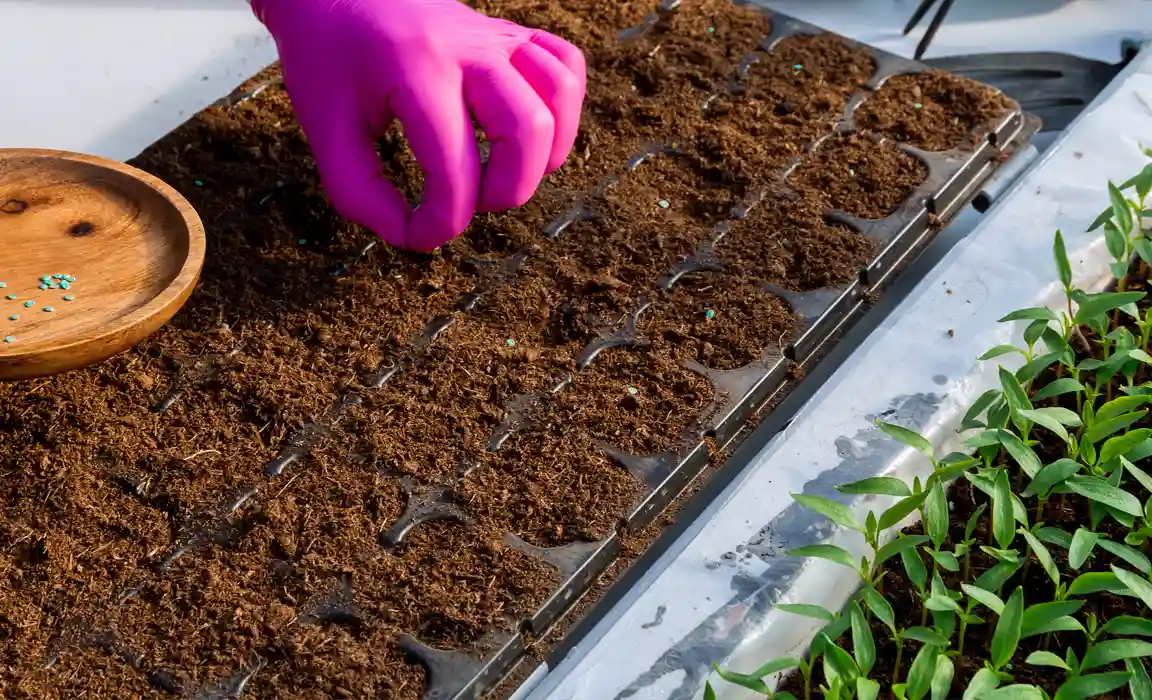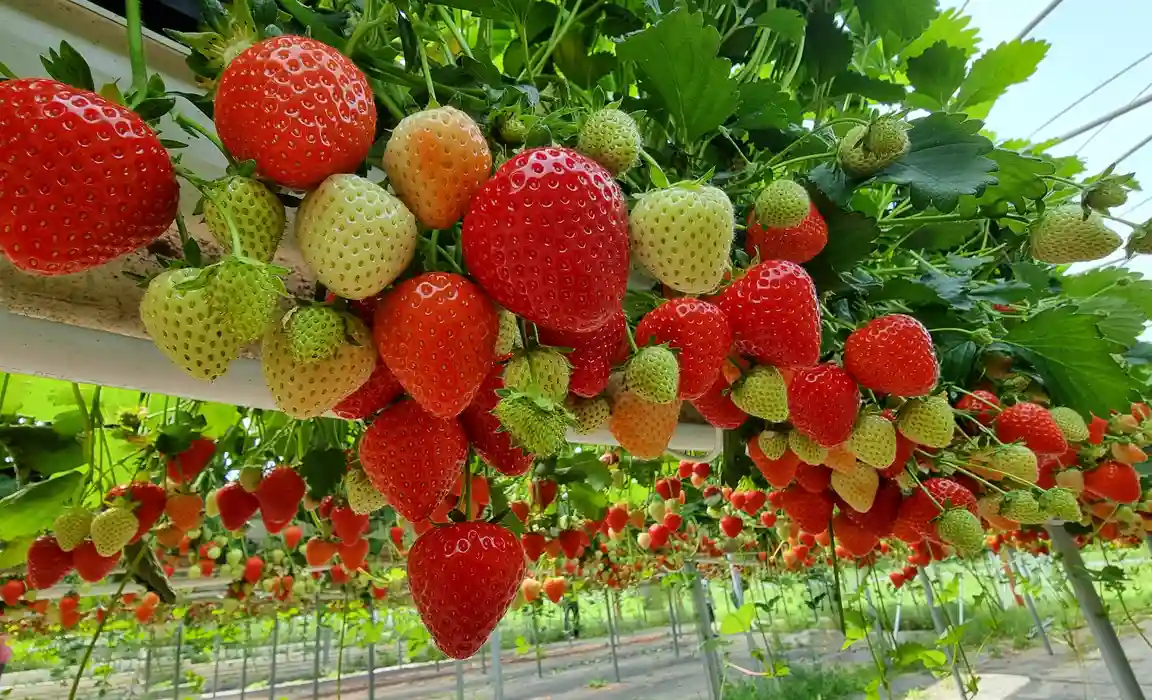Soil is the foundation of plant life; it’s where roots dig deep to absorb nutrients and water necessary for growth. However, many gardeners and farmers overlook the importance of understanding soil profiles—the vertical layers that make up the soil. By examining these layers, we can uncover valuable insights that can lead to healthier plants and more productive gardens. This article explores soil profiles and their significance in promoting optimal plant growth.
What is a soil profile?
A soil profile is a vertical cross-section of soil that reveals its distinct layers, known as horizons. Each horizon has unique characteristics, including texture, composition, and nutrient availability, all of which influence how well plants grow. Understanding these layers can guide gardeners and farmers in making informed decisions about soil management.
The major layers of a soil profile
- O Horizon (Organic Layer): The topmost layer, the O horizon, is rich in organic matter (humus) like decomposing leaves, grasses, and other plant material. This layer is crucial for nutrient cycling and water retention. Plants thrive in this layer due to its high nutrients, making it essential for vibrant growth.
- A Horizon (Topsoil): Beneath the O horizon lies the A horizon, or topsoil. This layer is a mixture of organic matter and minerals and is typically the most fertile. The texture can vary, impacting how well it retains water and nutrients. A rich A horizon contributes significantly to plant health.
- E Horizon (Eluviation Layer): In some soils, the E horizon may appear, characterized by leaching. This process washes away minerals and nutrients, often resulting in a lighter-colored layer. While it may seem detrimental, the E horizon indicates nutrient transport and mineral redistribution within the soil.
- B Horizon (Subsoil): The B horizon lies below the A and E horizons and collects materials leached from above. It often contains higher concentrations of clay, iron, or other minerals. Although it is typically less fertile than the A horizon, the B horizon plays a significant role in water and nutrient retention, contributing to overall plant health.
- C Horizon (Parent rock): This layer consists of weathered rock or unconsolidated material from which the soil develops. The C horizon influences the soil’s mineral content and serves as the foundation for the upper horizons.
- R Horizon (Bedrock): The R horizon is the base of the soil profile and consists of solid rock. Although it does not directly contribute to soil functions, it can eventually break down to form soil and impact its mineral content.
Why Understanding soil profiles matters
Understanding soil profiles is essential for several reasons:
- Nutrient Availability: Different plants have varied nutrient requirements. By analyzing the nutrient composition of the soil profile, gardeners can select plants that thrive in specific soil conditions. They can also amend the soil to improve fertility, tailoring it to support the desired plants.
- Soil Texture and Moisture Retention: Soil texture—the ratio of sand, silt, and clay—affects how well the soil drains and retains water. Knowing the texture helps in determining irrigation practices, preventing both overwatering and drought stress.
- pH Levels: Soil profiles can display varying pH levels across different layers. Most plants prefer a pH between 6.0 and 7.5. By conducting soil tests, gardeners can adjust the pH to better suit their plants’ needs, ensuring optimal nutrient uptake.
- Drainage Capacity: The structure of each soil layer affects its drainage capacity. Proper drainage is vital; poor drainage can lead to root rot, while well-drained soil encourages healthy root systems. Understanding the profile helps in water management practices.
- Soil Microorganisms: Different horizons host various microorganisms that contribute to plant growth through nutrient cycling and disease suppression. Understanding these microbial communities and their roles can lead to better soil management and plant health.
Enhancing your Soil profile for optimal growth
- Conduct Soil Testing: Regular soil testing is essential for understanding nutrient levels, pH, and overall soil health. This information helps guide management decisions, ensuring that plants receive the nutrients they need.
- Incorporate Organic Matter: Adding organic materials like compost, mulch, and green manure can significantly improve the O and A horizons. Organic matter enriches the soil, enhancing nutrient content and moisture retention.
- Implement Crop Rotation and Cover Crops: Rotating crops and planting cover crops help improve soil structure and fertility over time. These practices enrich the soil profile and reduce soil erosion, leading to healthier plants in the long run.
- Water Management: Correctly understanding your soil’s drainage capabilities allows for better irrigation strategies. Proper moisture levels are vital for plant health, preventing problems like root rot or drought stress.
Conclusion: Cultivating Success Through Soil Knowledge
Understanding soil profiles is vital for anyone involved in gardening or agriculture. By exploring the distinct layers of soil and their roles in plant growth, you can make informed decisions that enhance soil health and productivity. Regular soil testing, organic amendments, and mindful water management will create an optimal environment for your plants to thrive.
Happy gardening and farming!





